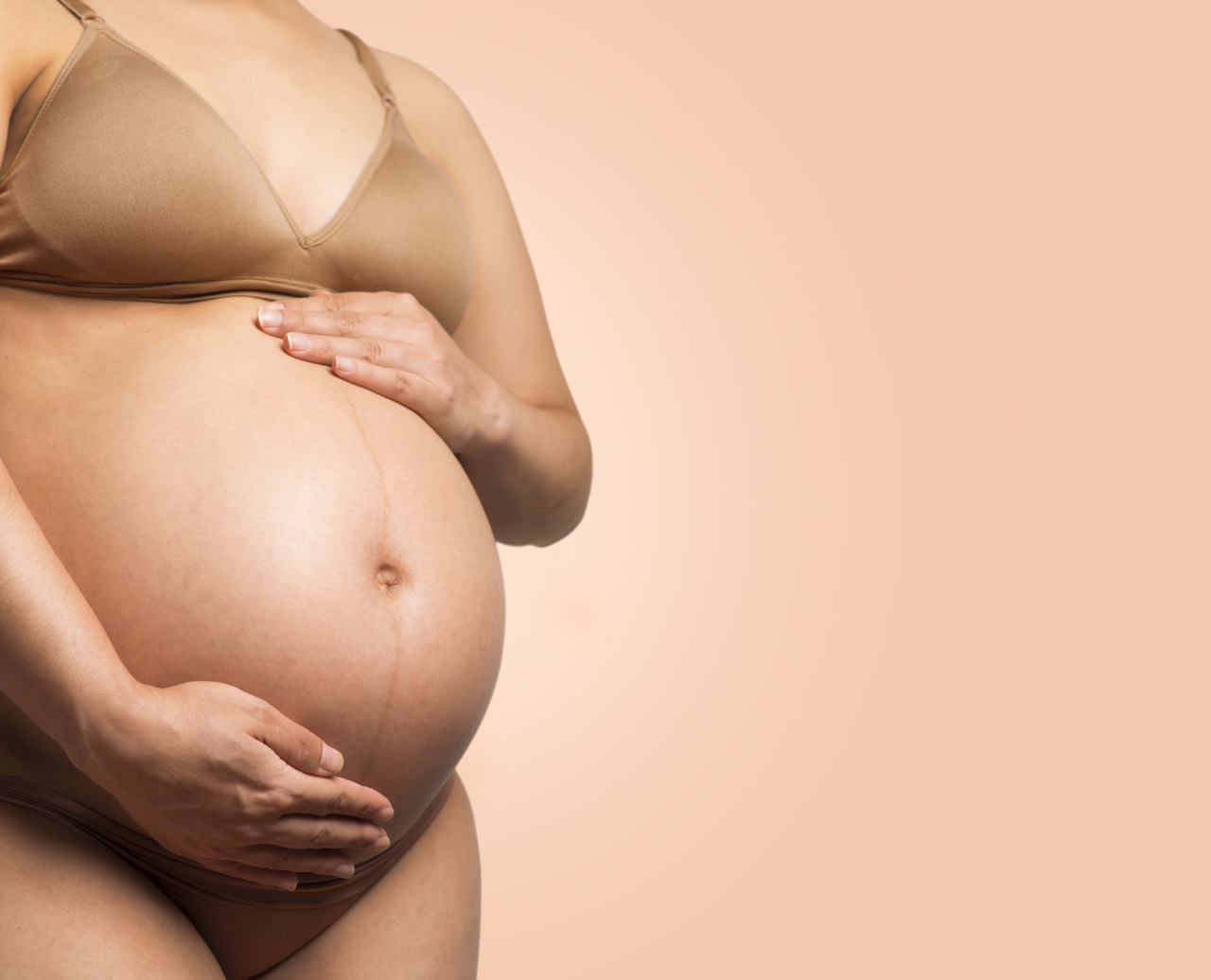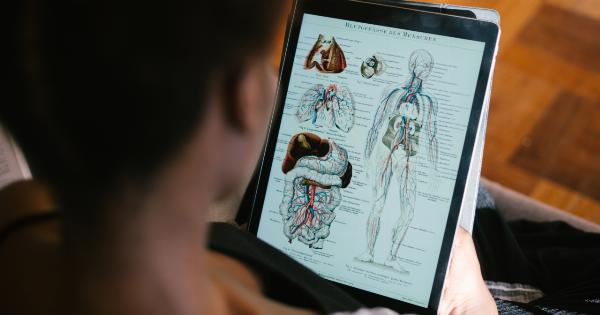Pregnancy is a beautiful and miraculous time in the life of a woman. As a woman transforms into a mother, her body undergoes a series of changes that are both exciting and challenging.
Understanding the secrets of the female body during pregnancy can help prepare women for what they can expect during this journey.
The First Trimester Changes
The first trimester is a roller coaster ride of physical and emotional changes. The body starts producing hormones that help in the growth and development of the fetus. The breasts may start to feel tender and sore as they prepare for breastfeeding.
The uterus expands to accommodate the growing baby, causing cramping and discomfort. The body also starts to produce more blood, and the heart rate increases to meet the body’s increased needs.
The Second Trimester Changes
The second trimester is a relatively easier time for most women as the hormonal changes start to settle down. The uterus continues to expand, and the baby starts to grow rapidly.
The baby’s movements can be felt, and the mother starts to feel a special bond with the baby. The skin may become dry and itchy, and stretch marks may appear on the belly and hips. The ligaments in the body start to loosen up, leading to lower back pain and aches in the pelvic area.
The Third Trimester Changes
The third trimester is the final stretch, and the physical changes become more evident. The baby grows rapidly, and the uterus stretches to accommodate the baby’s size.
The mother may experience increased fatigue, difficulty sleeping, and swelling of the feet, hands, and face due to fluid retention. The baby’s movements become more frequent and intense, and the mother may experience Braxton Hicks contractions, which are mild contractions that prepare the body for labor.
Preparing for Labor and Delivery
As the pregnancy progresses towards the due date, the body prepares for labor and delivery. The cervix starts to soften and thin, and the baby moves into the pelvis in preparation for delivery.
The hormone oxytocin, which is responsible for contractions, starts to increase in the body. The mother may experience a mucus discharge from the vagina called a show, which is an indicator that labor is near.
Postpartum Changes
After delivery, the body goes through a series of physical and emotional changes as it recovers from childbirth.
The uterus contracts to expel the placenta, and the hormone levels start to fluctuate as the body stops producing hormones required for pregnancy. The mother may experience bleeding and discharge from the vagina called lochia, which can last up to six weeks postpartum. The breasts may start producing milk, leading to engorgement, which can be painful.
The mother may experience baby blues, which are mood changes that disappear on their own, but some women may experience postpartum depression, a more severe form of depression that requires medical intervention.
Conclusion
Understanding the secrets of the female body during pregnancy can help women prepare for the journey of motherhood.
Knowing what changes to expect during each trimester and postpartum can help women take better care of their bodies and make informed decisions about their health. Pregnancy is a beautiful and challenging time, and it is essential to trust and listen to your body to ensure a safe and healthy pregnancy.






























